Discuss about Control Valve Tips and Tricks, Troubleshooting a Control Valve, Problems of Valves, Industrial Process Control Valves.
Control Valve Tips and Tricks
The below are the few tips and tricks on control valves:
1. If you are dealing with a corrosive fluid, choose the valve body and trim material to match the pump casing and impeller.
2. Velocity is the key to handling abrasive materials. Normal city water velocity is about 7 to 10 F.P.S. (clean liquid). If you have a fluid that is abrasive, keep the velocity as low as possible – without having the particles drop out of suspension.
3. Always sense pressure where you want to control it. Many control valves and pressure regulators do not function properly simply because they are sensing pressure at one point and being asked to control it somewhere else.
4. Velocity is the key to handling noise. Noise is energy. When dealing with high pressure drop situations try always to keep the velocities below 0.3 mach. on the inlet pipe, valve body, and outlet pipe.
5. If you use a transducer in a control loop, specify a positioner on the valve. Otherwise the transducer will rob the actuator of available thrust, and the valve will leak when it is supposed to shut off.
6. In cavitating fluids – even if the control valve has cavitation trim in it – be sure to allow a straight run of downstream pipe after the valve. If there is a pipe “T”or elbow immediately downstream, the flow will choke out and back up into the valve.
7. If you use a control valve with a bellows seal in it, try to size the valve so that its normal throttling position is near the bellows “at rest” position. This will minimize wear on the bellows.
8. Don’t use a valve below 10% of flow if at all possible. Even though a valve may have good rangeability, if the valve is used in an abrasive or erosive service (steam), it will not hold up unless it has hardened trim.
9. If a PLC is being used to control the valves in a system, specify the valves with a linear flow characteristic.
10. If a control valve is started up and fails to respond – or goes to full open or full closed and stays there – check the controller and reverse the controller’s action.
Troubleshooting a Control Valve :
1. Start with the fail mode of the valve.
If the valve fails closed and is leaking…
a) Disconnect the positioner or controller input.
b) If the valve has a hand wheel, check to see that it is backed out.
c) Check to see if the bench range is correct.
d) Check to see if there is trash in, or damage to, the valve seat.
2. Next check the positioner.
3. Next check the controller.
Do not rely on the control room to generate signals. Generate your own with equipment that you know is properly calibrated. Do not assume anything.
Remember that control valves only do what you tell them to. Many control valve problems turn out to be a problem somewhere else.
If you have any query on above or control valves, please write to me in comments.
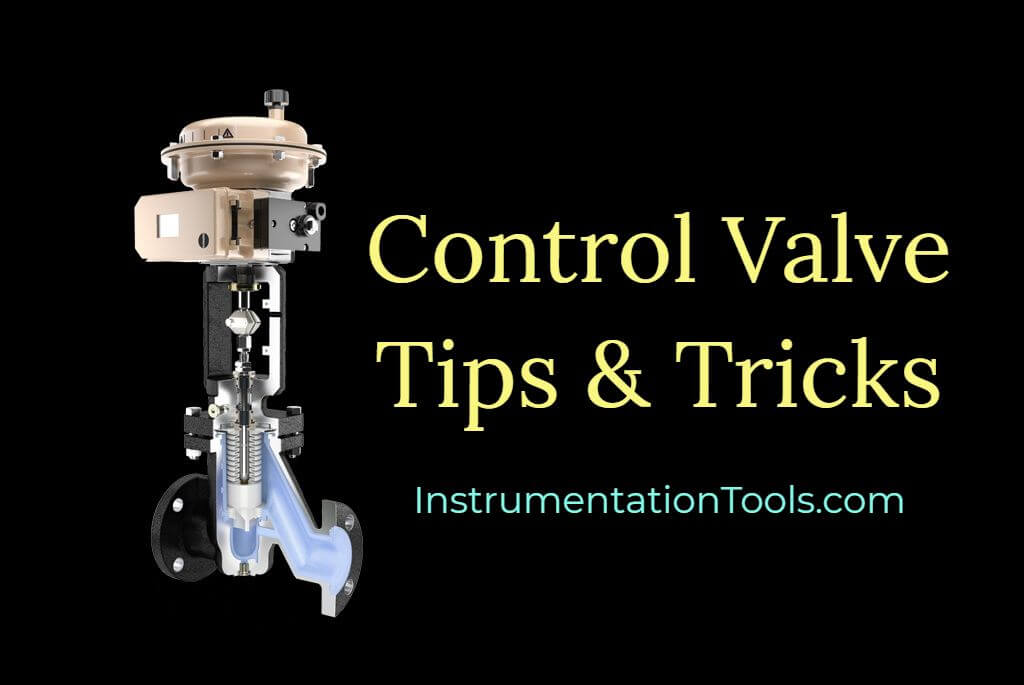
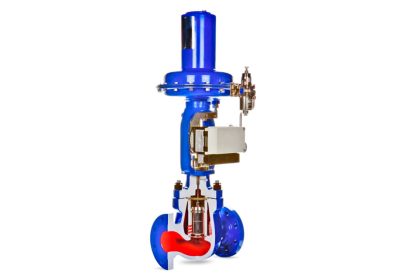
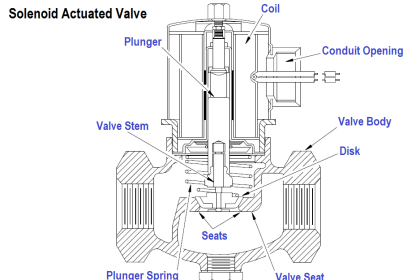
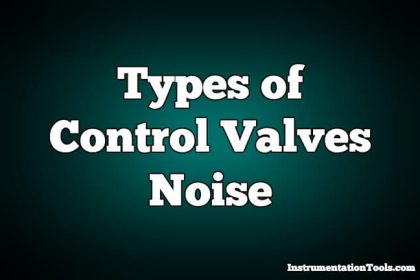
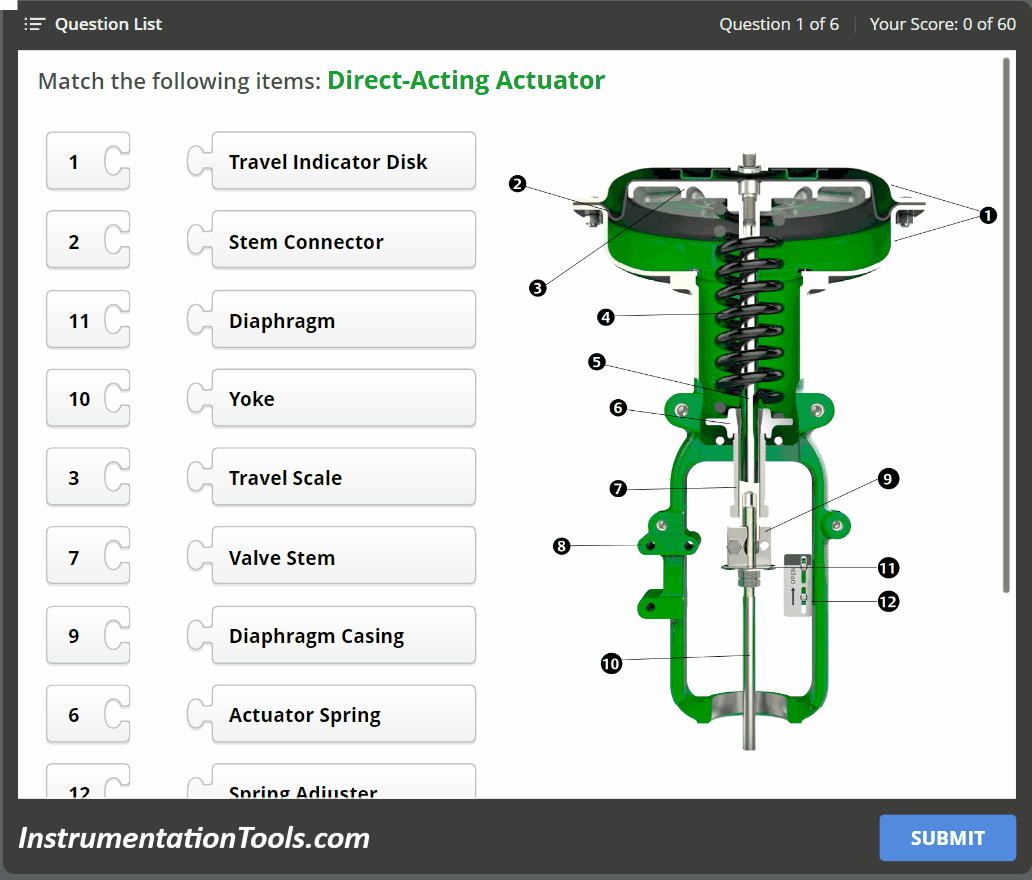
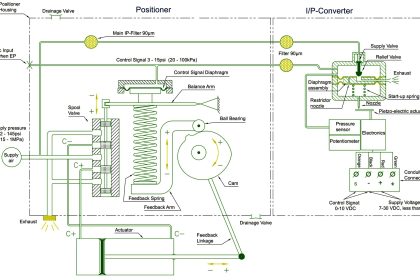
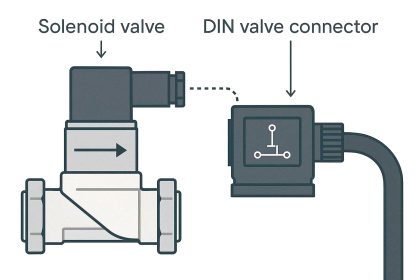
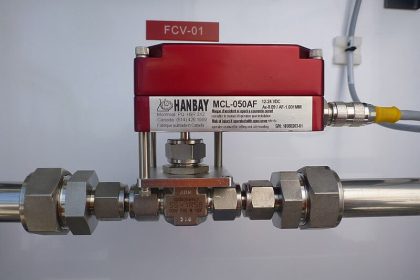
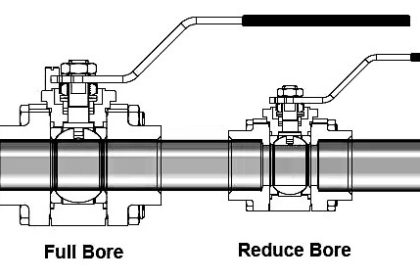
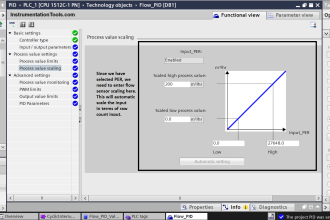

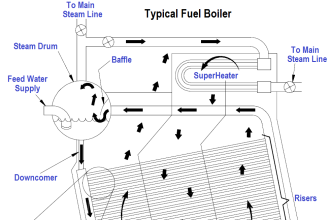
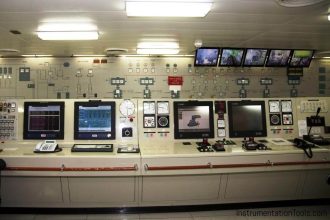
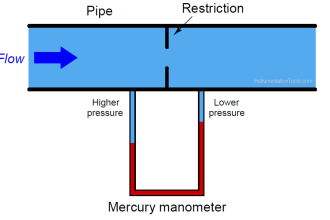
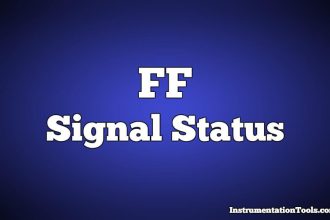
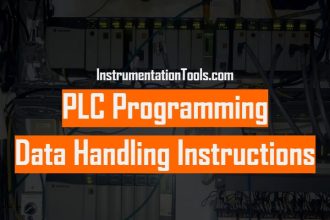
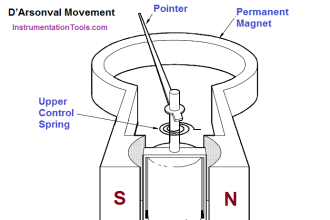

What is hunting of control valve?
Control valve hunting is when valve closes and opens at an uncontrolled rate, this could damage the packing of the valve which could cause a leak. It is not desirable and can be controlled by tuning the PID controller.
BY THE PID TUNING WE CAN AVOIDE THE CONTRIL WALL HUNTING (DAMPING ). HERE THE TUNING PERAMETARS ARE
1 RATE
2RESET
3 GAIN
BY ARRANGING THREE VALES WE CAN CONTROL THE CONTROL VALVE HUNTING
How to avoid hunting for ” SMC” POSTIONER working for along time perfectly before ??
Please explain overhauling and calibration of control valves.
What is the Valve of PID tuning we have to set?
Hello,
Having a valve on the NKOSSA site with a Fisher brand DVC6200 HC positioner, can you tell us how to set the valve position feedback please?
NB :Thanks for your feedback.